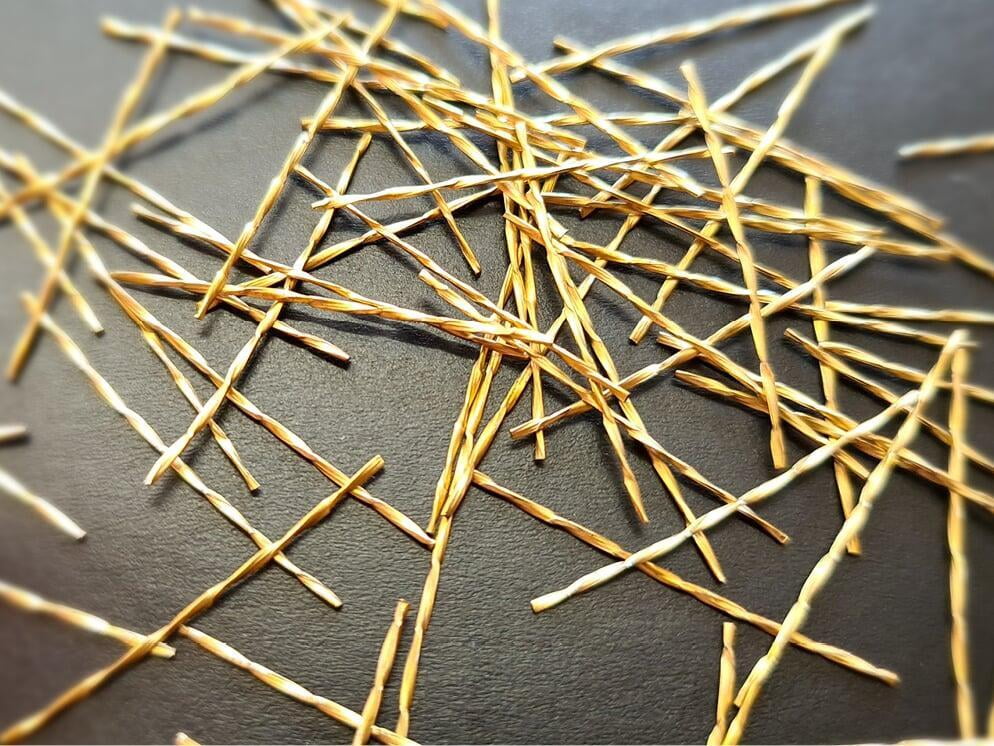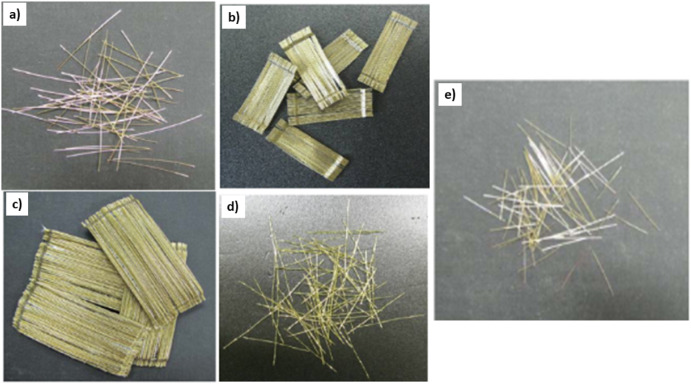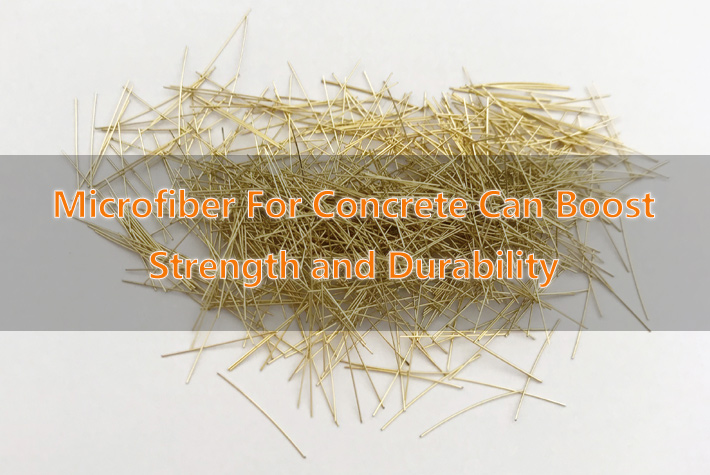This comprehensive guide explores the composition, benefits, and applications of microfiber in enhancing concrete strength and durability. Learn how microfiber reinforcement improves crack resistance, impact resistance, and overall structural performance.
What is Microfiber?
Microfiber is a synthetic material composed of ultra-fine fibers, typically made of polyester or polypropylene. These fibers are much smaller in diameter than traditional reinforcement materials like steel or fiberglass. When added to concrete, microfiber for concrete boosts the concrete strength and durability.

Benefits of Microfiber Reinforcement
Microfiber reinforcement offers several advantages for concrete structures. Firstly, it improves crack resistance, reducing the formation and propagation of cracks caused by shrinkage, temperature changes, or external loads. Additionally, microfibers enhance impact resistance, making the concrete more resistant to impact or blast loads. They also increase the overall durability and lifespan of the structure by mitigating the effects of wear, weathering, and chemical exposure.
Applications of Microfiber in Concrete
Microfiber is widely used in various concrete applications. It is commonly employed in industrial flooring, precast concrete elements, shotcrete, and overlay systems. Microfiber-reinforced concrete is also suitable for road and bridge construction, where it provides enhanced durability and resistance to heavy traffic and harsh environmental conditions. Moreover, microfiber reinforcement is beneficial in decorative concrete applications, as it reduces surface cracking and enhances the appearance of the finished product.

Example: Microfiber in Industrial Flooring
One practical application of microfiber in concrete is industrial flooring. Microfiber-reinforced concrete improves the floor’s resistance to abrasion, impact, and heavy machinery loads. It prevents the formation of surface cracks, which can compromise the structural integrity and aesthetics of the floor. By incorporating microfiber reinforcement, industrial floors can withstand the demanding conditions of warehouses, manufacturing plants, and distribution centers, ensuring long-lasting performance.
Conclusion
In conclusion, microfiber reinforcement offers significant benefits for concrete structures. Its use enhances crack resistance, impact resistance, and overall durability, prolonging the lifespan of the construction. Microfiber is widely applied in various concrete applications, including industrial flooring, precast elements, and road construction. By incorporating microfiber into concrete mixtures, construction professionals can improve the performance and longevity of their projects. With its remarkable properties and versatility, microfiber continues to be a valuable tool in the field of concrete reinforcement.
